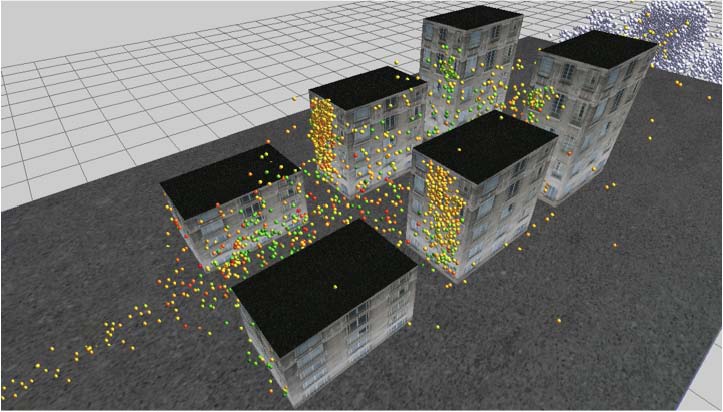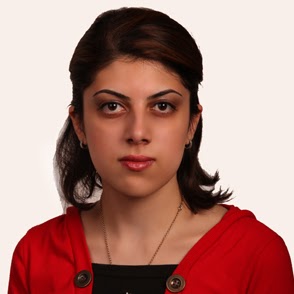Optimization of Urban Designs for Air Quality and Energy Efficiency

E.R. Pardyjak (Mechanical Engineering)
P. Willemsen (University of Minnesota - Duluth)
Intellectual Merit
Over the past three decades, urban planners have attempted to make cities more sustainable
by espousing higher density urban design concepts such as Compact Cities, Walkable
Communities, and New Urbanist developments. It has been argued by some urban planners
that the per capita energy use and air pollution emissions in densely built cities are less than
in their more sprawling less dense counterparts. However, as urban density increases, the
ability for pollutants to be transported out of the urban area is inhibited. This complex
interaction between various types of urban form and their potential energy use and air quality
is poorly understood. The critical need addressed by the proposal is to increase knowledge
for how environment and urban form interact. Our hypothesis is that urban structures and
layouts exist which can minimize energy use while also minimizing air pollution exposure.
The purpose of this proposal is to investigate this complex interaction for various types of
urban structures and to develop a design strategy for optimizing urban form under a variety
of constraints. Our approach will be to develop an extremely fast and inexpensive energy use
and dispersion modeling tool for urban areas that builds on our previous work. The modeling
system will utilize the unique computational parallelism afforded by graphics processing
units (GPUs, that are regularly utilized in the video game industry), to run many simulations
in an effort to train an optimization algorithm for determining optimal designs for urban
structures and their layout. We will also utilize an interactive and immersive virtual
environment to provide unprecedented understanding and refinement of the complex physical
processes associated with the energy balance and pollutant dispersion in an urban setting.
Broader Impacts
We expect that the modeling capabilities that will be developed through this work will aid
urban planners in developing useful and novel planning strategies to improve the
sustainability of modern cities. To help ensure this, we will work with urban planners
throughout the model development process. We also believe that this work will aid
architects by providing them with a tool that not only analyzes isolated buildings, but also
provides understanding regarding the interaction of multiple buildings during the design
process. In addition, this proposal has a substantial outreach component designed to provide
a unique educational opportunity for American Indians, Alaskan Natives, and other
minorities to learn about various aspects of modeling in environmental engineering. Through
our program, American Indian students from Northern Minnesota will be invited to a
weeklong interactive learning symposium during each of the three years of the grant.


